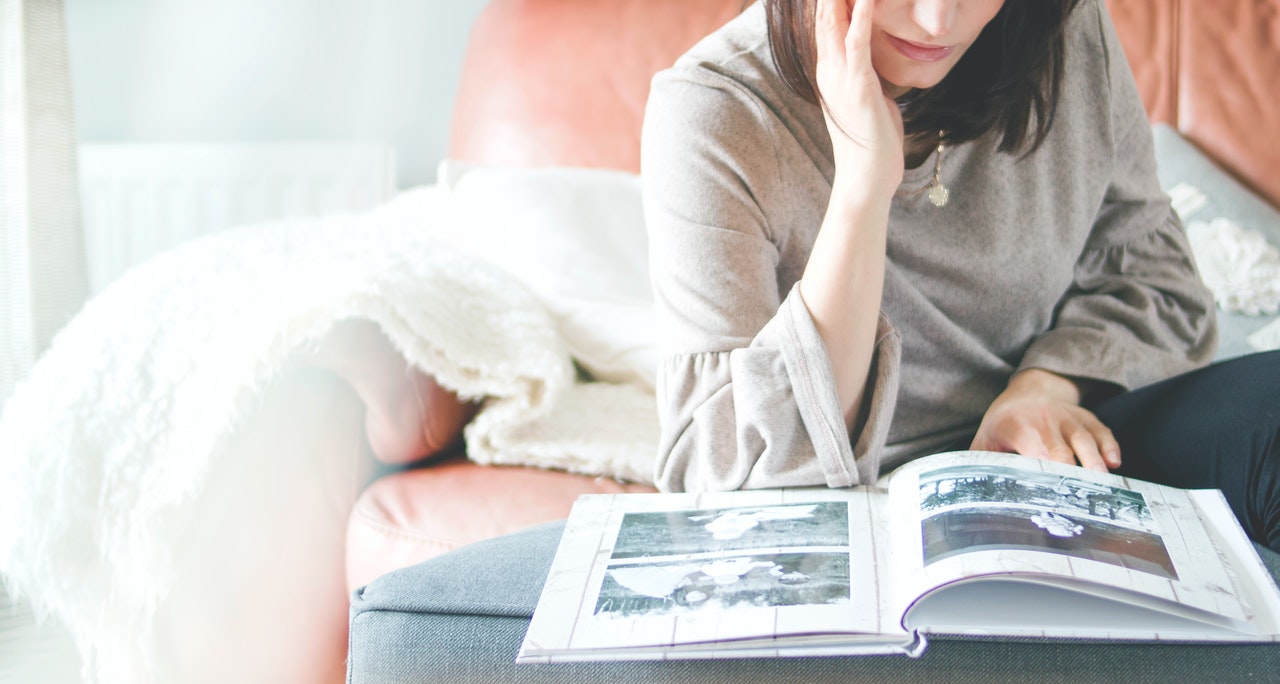First things first, do you know what a photobook is? A photo book is a book with your photographs. They are mostly used when you prefer not to put your pictures in an old album.
A photobook can be committed to any subject. For instance, a photo book can catch a long memory of occasions like a vacation, prom, significant days, first child, and many more. Even hiking or a football match if you can plan it as a masterpiece.
To begin with, a photobook – is handcrafted and limited work, made using top photographic and computerized gear for the printing.
Nowadays, technology permits even a novice to make a charming photo book by using a standard set of formats and devices, and is less expensive than the printing press.
When designing a photo book, remember that everything you do affects the final outlook. You need to come up with a plan and stick with it to the end. Even though creativity is important, your photobooks do not need to be elaborate works of art.
Design goes beyond what appears on your pages. It includes the finishes, layout, and cover materials. The following are some of the most important photobook design tips.
1. Plan your photo book
Do not attempt to create a photo book before coming up with a plan. Create a clear purpose for your book and use it as a guide. Refer to it before making any design decisions.
If, for example, you wish to document the details of your family vacation, your photo book may be fun and playful. If you are using it to honour your loved ones who have since passed on, it needs to tell a story.
Not coming up with a plan and just ‘winging’ it would make the photo book look messy and disorganized.

2. Pick Your Photos
Sort through your photos and pick the most relevant ones for your plan. Do not pick your photos at the time you want to lay them. This way, you can reduce the risk of using duplicate photos.
If you are using a website or an app for the photo book, make sure you have all the photos you need in a separate folder. Looking around for pictures when you have started the work might mess up your entire plan.
You would not want to add any other pictures because you could not find the ones you want to put in the album in the first place.
3. Sequencing your photos
Sequence your photos depending on your preference. Even though there is no formula for it, you should always strive to arrange them in chronological order.
You may also group them based on texture, theme, or colour. Some pictures make more sense when placed next to each other. They do not always have to tell a story. Similarities will make the pictures as well as the entire theme ‘pop out’ without extra hard work and thinking.
4. Consider Size and Symmetry
Your photos are the star of any photo book. Pay attention to their size and symmetry. If they are too large or too small, they may throw off the appearance of your book.
Think about the backgrounds and frames and how they affect the final look. If you are using a website, then you can make several changes and undo them as you please.
However, if you are not using a website, then try using one for the sole purpose of making sure what you have in mind looks good. This design tip will not only help you see what you are planning on making virtually, but it will also save you a lot of time, energy, and cost.
5. White Space
Leaving enough white space in your photo book gives every photo the chance to shine. Do not attempt to fill all pages with photos. Consider using blank pages to let your viewers reflect on the previous pages.
Ensure that you have lots of space between and around the text. If your photo book has too much text, it may be overwhelming to the reader.
If you are not sure about the white spaces, look at your Instagram or an aesthetic blogger’s. The white spaces, in reality, enhance the pictures and make them look a lot nicer.
The best advice one can give you about this point is to treat the book like an Instagram page and go with the flow.
6. Text
Make sure that your text is legible and relevant to the context of your photo book. It should reveal your story, including important information.
Keep your text simple and easy to read. It may include simple captions, dates, names, or quotes. When adding text, think about the style and font. It should be easy to read.
The font style can make or break your entire theme. If the font is too big, the pictures would not be the centre of attention. On the other hand, if the font is too small, nobody would bother reading it.

7. Layout, colours, aesthetics
For your own sense of aesthetics and others, try to keep the layout moderate – avoid too many pictures or one picture per page. A max of 2-3 photos would look really nice, but try to keep them colour coordinated as well.
For example, don’t mix dark colours with light ones. As an extra tip, try adding things apart from pictures, adding a small piece of a map that would suggest to the audience about the location, or small items, notes, a memory, etc. These small details will add a personal touch to the photobook in case you gift it to someone close.
If you are not an art major, very creative, or anything of that sort, keep everything very simple. You do not want to ruin your work with too many things or borders. If you have doubts about something, skip it. That is the best strategy.
If something does not fit or go with the others, leave it till the end of the design, and after everything is done and planned, then add or subtract minor details.
8. Cover and Finishes
Design is not the only important thing to consider when creating your photo book. The cover is equally important. Think about its size and material and make sure that it fulfils the purpose of your book.
People will judge the cover of your photo book before opening it. You do not want to feel self-conscious about a cover. It should be something meaningful and pretty, and what it should NOT be is – plain or over-the-top.
Best Photobook Layout Tips For Creatives
Here are some of the photobook layout tips for a great design:
- Plan your photo book.
- Pick your photos.
- Sequencing your photos.
- Consider size and symmetry.
- White space.
- Simple and legible texts.
- Layout, colours, aesthetics.
- Cover and finishes.
In conclusion, designing a photo book requires a large amount of time and effort. Come up with a plan before starting your design process and use it as a guide for the entire process.
Important things to consider include white space, picking the right photos, sequencing, text, and your covers. If you are making a handmade photo book, use a website to get an idea of how the book will look. It will save a lot of time, money, crying, and effort. This tip is extremely important!
Keep everything simple but pleasing to the eye. It should look like you made an effort instead of only putting pictures and calling it a photobook.

I am Adeyemi Adetilewa, an SEO Specialist helping online businesses grow through content creation and proven SEO strategies. Proficient in WordPress CMS, Technical Site Audits, Search Engine Optimization, Keyword Research, and Technical Writing (Portfolio).
I help brands share unique and impactful stories through the use of public relations, advertising, and online marketing. My work has been featured in the Huffington Post, Thrive Global, Addicted2Success, Hackernoon, The Good Men Project, and other publications.
